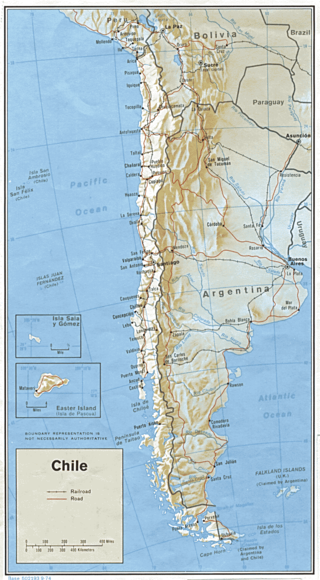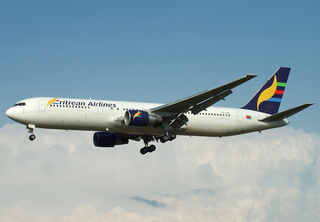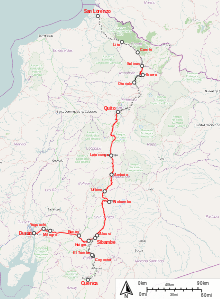
Transport in Chile is mostly by road. The far south of the country is not directly connected to central Chile by road, and water transport also plays a part there. The railways were historically important in Chile, but now play a relatively small part in the country's transport system. Because of the country's geography and long distances between major cities, aviation is also important.
Transport in Egypt is centered in Cairo and largely follows the pattern of settlement along the Nile. The Ministry of Transportation and other government bodies are responsible for transportation in Egypt, whether by sea, river, land or air.

Transport in Eritrea includes highways, airports and seaports, in addition to various forms of public and private vehicular, maritime and aerial transportation.
Modes of transport in Fiji include rail, road, water, and air. The rail network is mainly used for movement of sugar cane. Suva and Lautoka are the largest seaports. There are 122km of navigable inland waterways. There are two international airports, one other paved airport, and over 20 with unpaved runways. With 333 tropical islands that make up this country, one can expect to use various modes of transport to get to their destination.
For Soviet transportation, see Transport in the Soviet Union.

Transport in Greece has undergone significant changes in the past two decades, vastly modernizing the country's infrastructure and transportation. Although ferry transport between islands remains the prominent method of transport between the nation's islands, improvements to the road infrastructure, rail, urban transport, and airports have all led to a vast improvement in transportation. These upgrades have played a key role in supporting Greece's economy, which in the past decade has come to rely heavily on the construction industry.
This article provides an overview of the transport infrastructure of Latvia.
Transport in Lithuania relies mainly on road and rail networks.

Transportation in Malaysia started to develop during British colonial rule, and the country's transport network is now diverse and developed. Malaysia's road network is extensive, covering 290,099.38 kilometres, including 2,016.05 km of expressways. The main highway of the country extends over 800 km, reaching the Thai border from Singapore. Peninsular Malaysia has an extensive road network, whilst the road system in East Malaysia is not as well-developed. The main modes of transport in Peninsular Malaysia include buses, trains, cars and to an extent, commercial travel on airplanes.

Railways: 0 km
This article lists forms of Transport in the Netherlands Antilles.
Transportation in Sweden is carried out by car, bus, train, tram, boat or aeroplane.
Transportation in South Korea is provided by extensive networks of railways, highways, bus routes, ferry services and air routes that traverse the country. South Korea is the third country in the world to operate a maglev train, which is an automatically run people mover at Incheon International Airport.
There are no railways in Saint Vincent and the Grenadines.

Transport in Syria is possible by rail, road, air or rivers, both public and private. Syria is a developed Asian country with a well-developed rail network (2,052 km) and a highway system (782 km). Main international airport is the Damascus International Airport in the capital, Damascus.

Transport in Ukraine includes ground transportation, water, air transportation, and pipelines. The transportation sector accounts for roughly 11% of the country's gross domestic product and 7% of total employment.

Vanuatu's undeveloped road system, with fewer than 100 miles of paved roads, consists mostly of dirt tracks suitable only for four-wheel-drive vehicles. Every island has one or two short airstrips where Vanair’s Twin Otter planes land two or three times weekly. In addition, every island has a small port or wharf where small cargo ships and boats regularly dock.

The transport in Azerbaijan involves air traffic, waterways and railroads. All transportation services in Azerbaijan except for oil and gas pipelines are regulated by the Ministry of Transportation of Azerbaijan Republic.












